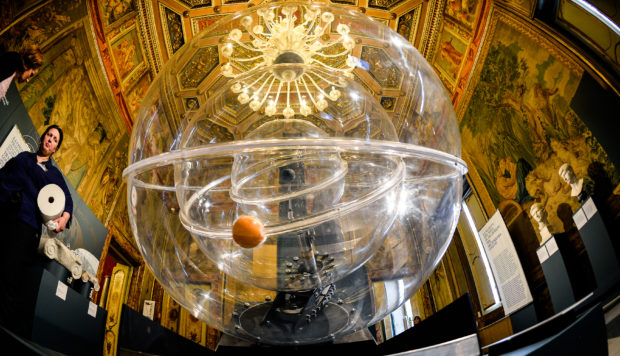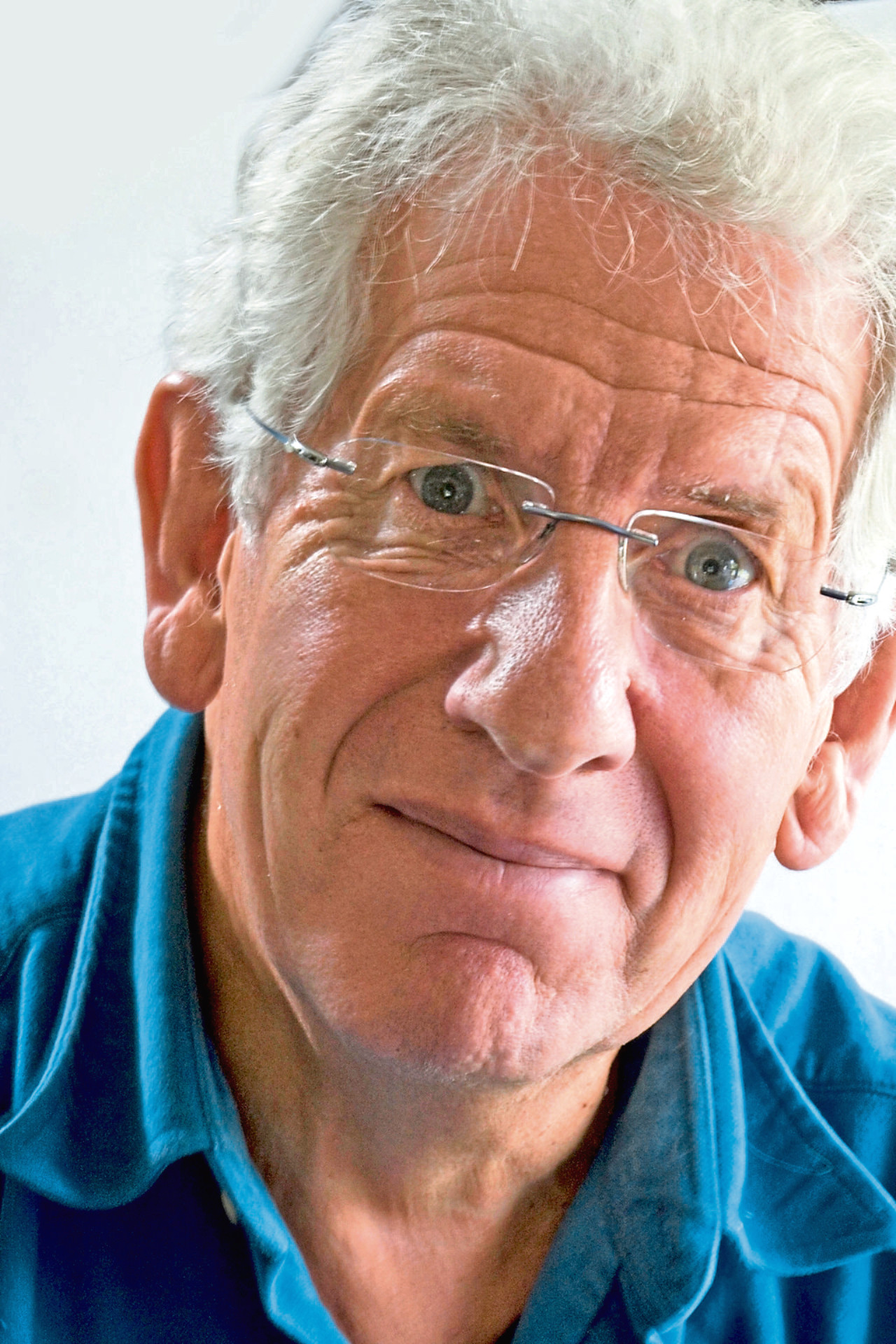
They influence every aspect of our lives, from money and measurements to phones and forecasts, but how much do you really know about the mathematical discoveries that have formed our world?
Historian Adam Hart-Davis tells Alice Hinds the Honest Truth about numbers.
How did you become interested in the evolution of mathematics?
I did a series on telly called Local Heroes in which we explored a whole load of scientists, mathematicians and inventors.
I found the history interesting because it goes back much further than anything else – science goes back to the Greeks but maths is even further than that. I came to love characters like Archimedes and Eratosthenes, and I find it fascinating how they came up with their ideas more than 2,000 years ago. They didn’t have computers or calculating machines. It was all in the mind.
Why did you focus on Fibonacci’s Rabbits?
Fibonacci’s Rabbits is the third book in a series on different topics, the first being Pavlov’s Dogs, which is about psychology, and Schrödinger’s Cat, which focuses on physics.
Fibonacci’s Rabbits is a lovely story and the sequence is so interesting. In his 1202 book, Liber Abaci, he told a story about pairs of breeding rabbits, which popularised a fascinating number sequence that shows up all the time in maths, art and the natural world. The sequence develops like this: 1, 1, 2, 3, 5, 8, 13, 21, 34, 55, 89, 144, 233, 377. Each number is generated by adding together the two previous numbers.
How did we start counting?
The Ishango Bone, unearthed in 1950 in what is now the Democratic Republic of Congo, has rows of scratches on it.
They are arranged in clear groups and seem to represent numbers.
Presumably, 20,000 years ago, people must have been counting these scratches and they have significance.
Even if early humans didn’t have “one”, “two”, “three”, they would have held up three fingers to correspond with, say, the number of monkeys in a tree.
Could our numbers system have been completely different? For example, could we have counted in groups of 13 rather than 10?
We could have had a different system, but it’s so easy to count with your fingers – and we have 10 of them. However, the Babylonians counted to a base of 60, which complicates everything. That’s why we have 60 minutes in the hour and 60 seconds in a minute. Sixty is a good number because you can divide lots of numbers into it, whereas 10 only divides by two and five.
How can zero be a number if it has no value?
Zero makes such a difference because it is useful to have a symbol for nothing. If you’re counting sheep or apples or bananas, you don’t need a zero but if you’re writing things down, or doing sums, a symbol is needed. It also makes calculations much easier – if you try doing calculations with Roman numerals you would go bonkers very, very quickly. Without the zeros we have nothing, and with them we have nothing. It’s much ado about nothing!
What is the difference between chance and odds?
Chance is a very complicated thing that people don’t often understand. Even newsreaders will say, “The chances are three to one”, but that’s not chance, that’s odds.
If you throw a dice you have a chance of one in six of getting the number you want. However, the odds against getting that number are five to one.
Can understanding game theory really help us win?
Yes and no. If you’re gambling, you are playing with chance – but you can still bluff your opponent. I once shared a taxi with professional poker player Victoria Coren Mitchell, who told me the only reason she wins is because she knows the odds and remembers the cards.
Fibonacci’s Rabbits, Modern Books, £12.99, is out now

Enjoy the convenience of having The Sunday Post delivered as a digital ePaper straight to your smartphone, tablet or computer.
Subscribe for only £5.49 a month and enjoy all the benefits of the printed paper as a digital replica.
Subscribe